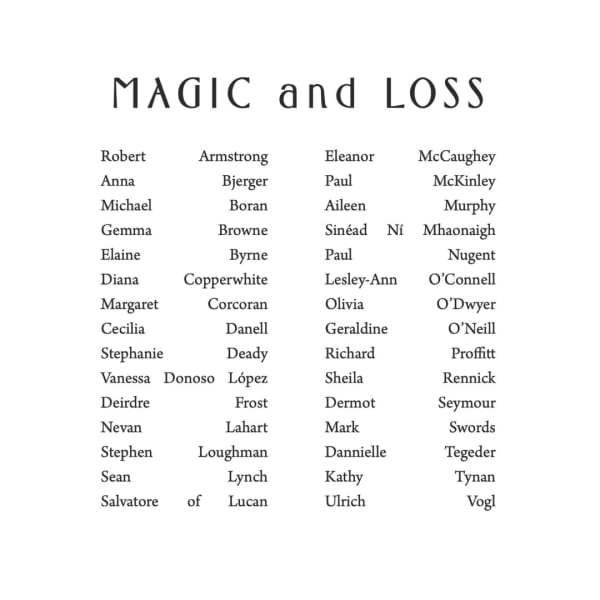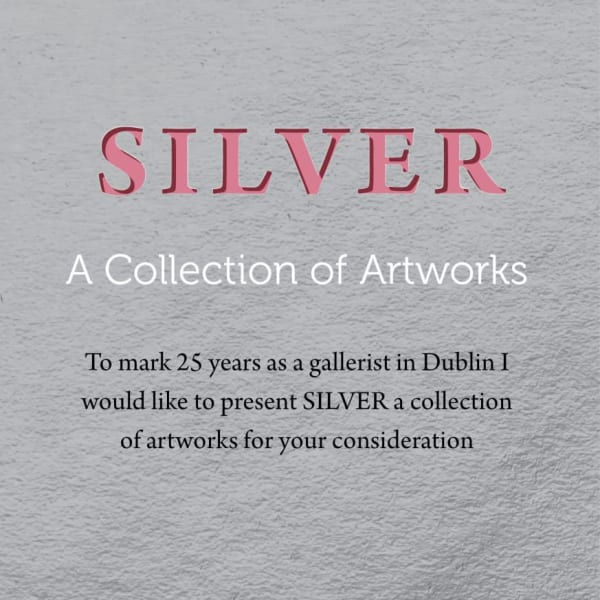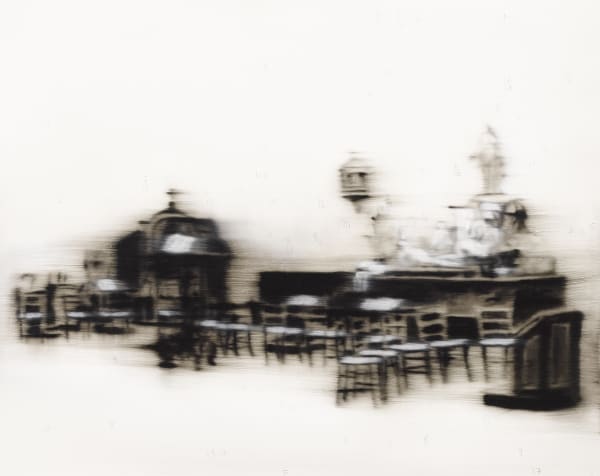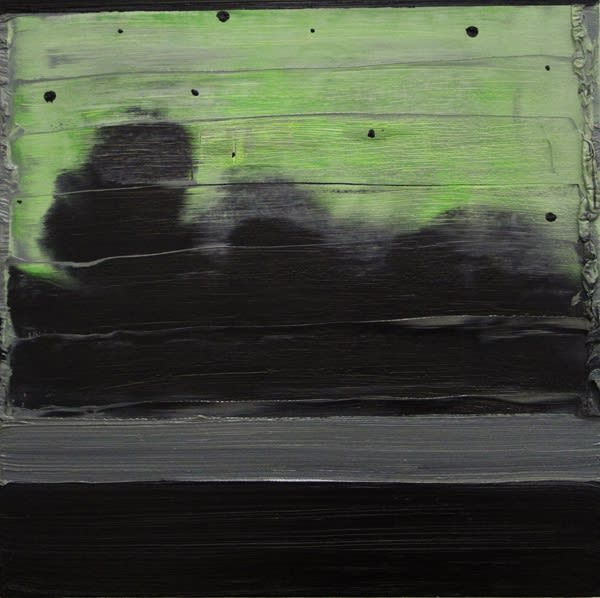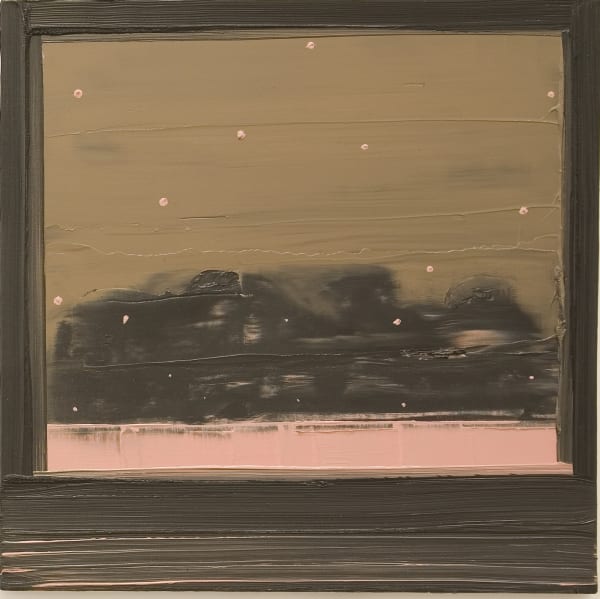Paul Nugent
Obscura
9 September - 14 October 2017
Asylum Chapel
Obscura | Paul Nugent | 14.09 – 14.10 2017
The Pitié-Salpêtrière Hospital is an institution in Paris that interned and treated patients deemed mentally ill by the state from the 17th century onwards. It was known for its poor living conditions and crude experiments. The Salpetriere in its current manifestation is a university hospital. Gaining notoriety as one of Europe’s largest insane asylums during the Belle Époque, the Salpêtrière became the sight of French neurologist Jean-Martin Charcot’s famous Tuesday morning lectures.
These lectures were renowned for their theatrical presentations in which Charcot’s patients performed their conditions to crowds of spectators that included important physicians and neurologists as well as wealthy members of the public.
The spectacle of such events was driven by a morbid curiosity that also spurred the circus shows, travelling magicians and hypnotists of the same era. In fact it was noted that Charcot’s lectures were attended by the famous French stage actress, Sarah Bernhardt who purportedly took inspiration form the repertoire of gestures and intensity of performance presented by patients at the Salpêtrière. (Heroes and Legends of Fin-de-Siècle
France: Gender, Politics, and National Identity, Venita Datta, 2011 Cambridge University Press, p156).
Charcot initially believed that hysteria was a neurological disorder and throughout his career he searched for the ‘seat’ of hysteria
– hoping to find a physical location for the disorder. He later concluded that hysteria was a psychological disease. Using medical apparatus and hypnosis, Charcot and his contemporaries conducted
experiments on the - almost exclusively - female patients. During this time he had a number of patients whom he favoured and in the performance of his lectures, Charcot often relied on his more ‘experienced’ patients. Namely those who understood, and were cooperative in, the theatrical nature of the events. Patients such as Louise Augustine Gleizes and Marie ‘Blanche’ Wittmann became complicit in the performance of their condition in a way that transformed them into icons of their hysteria.
In many cases, Charcot’s patients became famous in their own right; Gleizes and Wittmann for example were well known hysterics in the 19th century and became the subject of novels, newspaper articles and works of art. Jane Avril was a dancer and hysteric who became the muse of Toulouse-Lautrec. In her book, Medical Muses: Hysteria in Nineteenth-Century Paris, Asti Hustvedt details rivalries that existed between the young women who hoped to achieve fame by performing in Charcot’s lectures.
Charcot, in his search for the seat of hysteria in the female body, employed what he deemed the most up to date technology to aid his research. He believed that the forensic use of the camera would allow him to locate and distil the essence of hysteria. However as photographic technology developed, the state, hospitals, Gendarmerie and the Académie des Beaux-Arts became complicit in a fiction. Art students, physicians and doctors often worked together with favoured subjects to create the most convincing iteration of the suspected condition. The photographs became increasingly staged and ornate, blurring the already delicate line between documentation and fabrication.
In his most recent series of paintings, Paul Nugent returns to iconography as it pertains to the history and architecture of the asylum chapel. During the 19th century, Charcot relied heavily on photography to decipher and archive cases of hysteria-a disease that no longer exists despite being suspected to affect more than half of all women during the 19th century. (Medical Muses: Hysteria in Nineteenth-Century Paris, Asti Hustvedt, 2012, Bloomsbury Press).
Throughout Obscura, Nugent responds to his photographic source material and the interior of the chapel by closely observing and depicting its interior – the site of the hysteric performances. Séance IV depicts an altar presided over by a statue of the Virgin Mary in her iconic pose, head at a gentle tilt, hands loosely by her side with palms facing upwards. A large painting, of which the subject matter is undecipherable, dominates the wall space of the chapel. In the repetition of these compositions, Nugent simultaneously clarifies and obscures certain details within the chapel to consider various aspects of its architecture. Within the series Nugent also directly references phases in the development of photography as a medium, including the inversion of negatives and the uniform colour of cyanotype.
This alludes to the manner in which the Camera was invested with the belief that it could shed light on the misunderstood phenomenon of hysteria. By creating an extensive archive, Charcot and his associates at the Salpêtrière hoped to find a common physical feature or expression that would help them to identify those that suffered from the condition. George Didi – Huberman in his book Invention of Hysteria, speaks about the ‘True Retina’, an emotionless gaze that presents the patient in the most neutral and objective manner
possible through meticulous documentation of the women. The use of this new technology was believed to provide an unprecedented insight into the condition.
In Obscura III, Nugent creates a painted illusion of the photographic image –as though blurred by motion or poor exposure, a trompe l'oeil that denies its medium specificity. However in Obscura I this illusion is shattered. The spatial element of the painting and the objects within it are jarred by the application of thick bars of glossy paint in the uniform Van Dyke brown of the composition.
These seemingly impulsive marks contrast with the controlled and nuanced application of paint that form the backdrop. Similarly in Hysteria the measured manner in which the surface has been applied appears to have been compromised by a sudden agitated gesture. The gesture however, is self- reflexive.
The works in Obscura consider the role of the camera in diagnosing and treating patients at the Salpêtrière. By referencing techniques in the development of photography, and in his depiction of various angles of the asylum chapel, Nugent considers the relationship between photography and painting to imply a presence or semblance of place associated with historical and institutional environments.
-Ingrid Lyons
Read more










